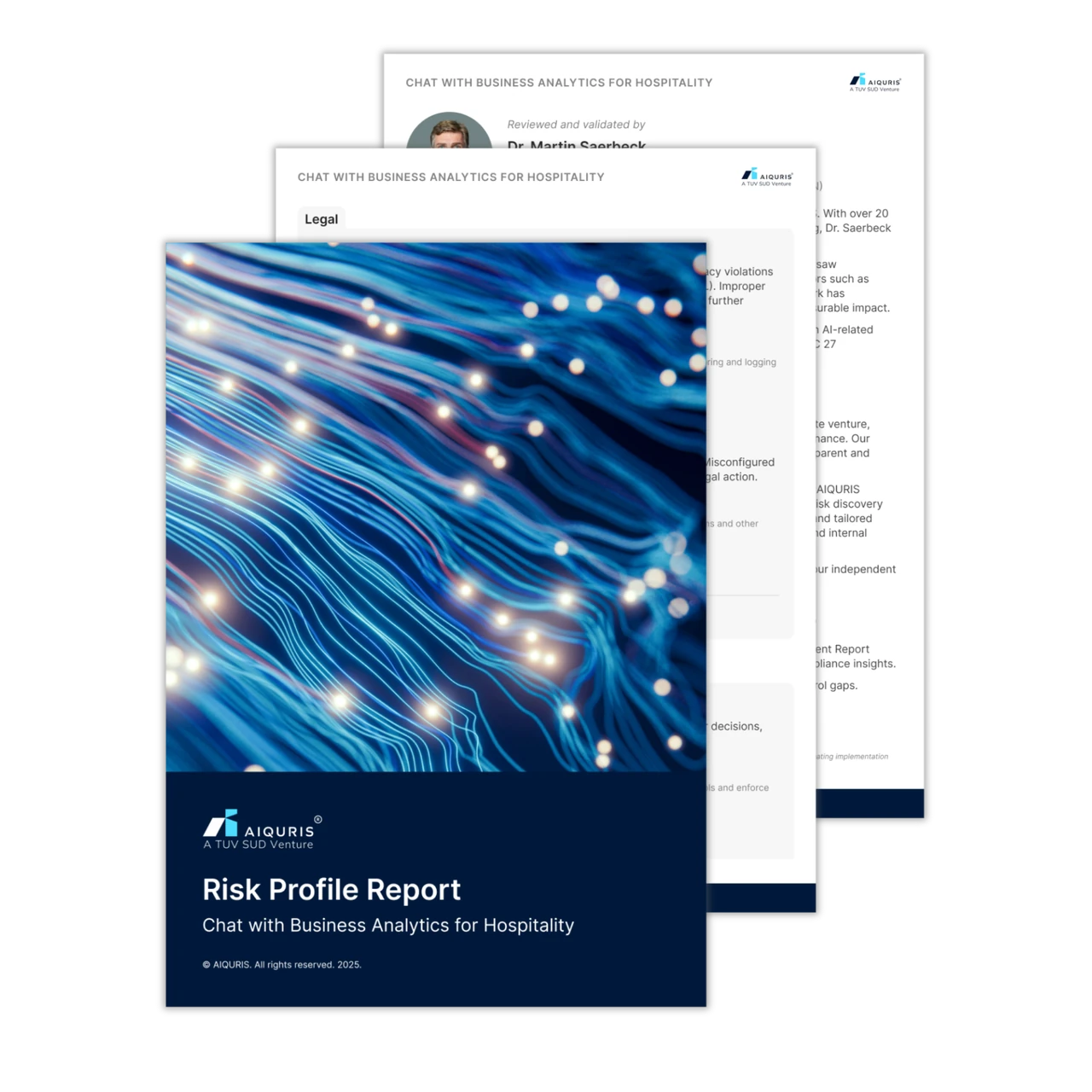Artificial Intelligence (AI) is increasingly recognised for its profound potential to influence various sectors positively. However, the AI environmental impact cannot be overlooked as it poses significant challenges alongside these opportunities. As we delve into the intricate relationship between AI and sustainability, it's crucial to explore how organisations can leverage technology while minimising ecological footprints.
Understanding the Dual Nature of AI's Environmental Impact
The environmental impact of AI is set to intensify. Electricity demand from data centers and AI is projected to double by 2026, reaching a level equivalent to Japan's entire current electricity consumption. This rapid growth necessitates immediate action to mitigate AI's growing energy footprint1. This staggering demand primarily results from the reliance on fossil fuels for electricity generation, leading to increased greenhouse gas emissions that significantly contribute to climate change.
Furthermore, training advanced AI models involves extensive computational resources. For instance, training OpenAI's GPT-3 model alone produced approximately 500 tonnes of carbon dioxide emissions4, highlighting the urgent need for transparency in understanding AI's overall carbon footprint2.
Measuring AI's Environmental Impact
To effectively navigate the complexities of AI's contribution to climate change, businesses must prioritise measuring their AI systems' environmental impacts. Key metrics should include:
-
Energy Consumption: Tracking the kilowatt-hours consumed during both training and inference phases of AI models.
-
Carbon Emissions: Calculating direct emissions based on energy sources used, particularly emphasising renewable vs. non-renewable origins.
-
Water Usage: Assessing cooling water needs at large data centres, which may exacerbate regional scarcity issues. Adopting standardised protocols for lifecycle assessment (LCA) of AI technologies such as ISO 14040/140445, will empower firms to quantify these factors more accurately and implement strategies that reduce their environmental burdens.
Strategies for Sustainable AI Deployment
Implementing Green AI Solutions
Organisations seeking sustainable pathways can utilise Green AI, which emphasises energy-efficient algorithms and architectures. Here are several actionable strategies:
-
Optimise Model Complexity: Select simpler models where appropriate; complex deep learning frameworks often lead to higher energy demands compared to traditional machine-learning techniques.
-
Leverage Edge Computing: Deploy AI applications closer to data sources to minimise energy-intensive data transfers and increase operational efficiency.
-
Use Renewable Energy Sources: Transition to solar, wind, or other green power options for data centre operations to mitigate carbon footprints dramatically3.
-
Enhance Supply Chain Efficiency: Integrate AI within supply chain management to optimise resource utilisation, reducing waste and emissions throughout production processes.
-
Invest in Lifecycle Assessment Tools: Use AI-driven tools to evaluate products’ entire lifecycle impacts, assisting in making informed decisions about materials and resource use.
The Role of AIQURIS ® in Promoting Sustainable AI Governance
As organisations embrace AI-driven innovation, balancing performance with sustainability remains a critical challenge. While Green AI solutions help optimise energy efficiency and reduce emissions, ensuring their long-term impact requires more than just technological advancements—it demands robust risk management and governance.
AIQURIS ® helps companies:
-
Assess Sustainability Risks – Evaluates AI models against environmental impact and sustainability compliance requirements, among other risk pillars (Safety, Security, Ethics, Performance, and Legal).
-
Monitor Compliance with Green AI Standards – Tracks evolving sustainability regulations and industry best practices.
-
Enhance AI Governance for Sustainable Deployment – Provides transparency into AI risks, helping businesses align AI adoption with sustainability goals.
-
Identify Residual Risks – Highlights potential sustainability risks that remain after mitigation, supporting informed decision-making.
By integrating AIQURIS ® into their AI governance frameworks, organisations can align innovation with sustainability, ensuring AI adoption is both responsible and compliant.
Conclusion: Committing to Responsible AI Practices
As AI technologies evolve, the balance between harnessing their potential and addressing their environmental costs becomes ever more critical. Using the complete AI risk and quality management guidance provided by AIQURIS ® before adopting Green AI solutions helps organisations scale AI with confidence, ensuring that environmental and sustainability risks are clearly identified and addressed by relevant teams. This strategic approach enables businesses to balance innovation, compliance, and sustainability, driving a future where AI remains both powerful and responsible.
Contact us today to discover how we can support your AI adoption journey while reducing its carbon impact through responsible AI governance and sustainable practices.






